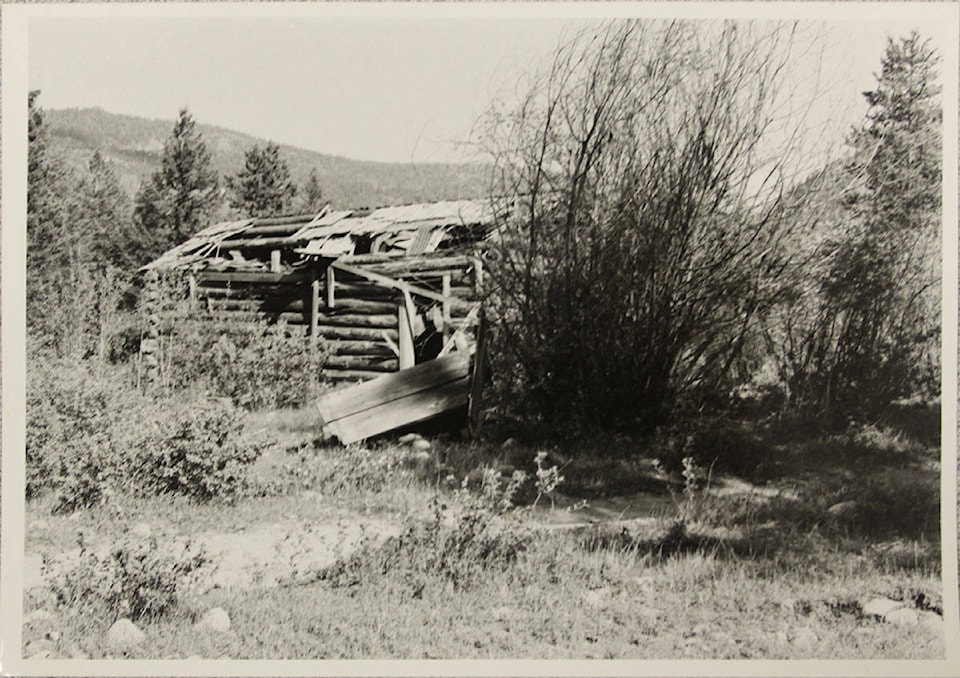You invariably know when you’re in a cemetery. And cemeteries, it should go without saying, are sacrosanct.
There’s a fern up-Island that, when I passed by earlier this season, was still there and which gave every appearance of being healthy.
The reason I took note of this particular fern, just one of thousands, is because I planted it, 10 years or more ago. I planted it because I’d had to dig it up; when I was done I re-potted it in the same hole — successfully, obviously, as it’s still alive.
My point? In the course of digging for old bottles and mining memorabilia, a passion I’ve followed since the ’60s, I’ve had to be hard on the flora that has lain in the way of my rake and shovel. Let’s face it, you can’t disturb the soil without disturbing plant life, any more than you can make an omelet without breaking eggs.
But that’s no excuse for ravaging the landscape, for unnecessarily disturbing wild plants, for not putting things back as much as possible as they were (replacing your divots, so to speak) when you’re done.
And there sure is no excuse for treasure hunting in a cemetery!
I’ve owned a metal detector since 1961 or 1962, likely one of the first privately owned detectors on the Island as the only others that I knew of were used by municipal work crews and contractors to find buried pipes and wires.
When my friend Dave and I ordered that Relco Industries detector we felt like pioneers. It cost slightly under $40 (a week’s pay for me at the Colonist) even with customs duty so you know it wasn’t a very sophisticated model.
But it worked and we had a lot of fun with it. No, we didn’t find any gold or silver or pirate’s treasure or lost bullion or stashes of coins. Not even the murderer’s axe I was determined to have for my museum. In fact, the one monetary find that sticks in my mind is a silver five-cent piece from Jordan Meadows. I still have it. The real treasures were in the miners’ tags and rusty bits that I could identify with that particular historic site — homely objects, yes, but with a story to tell.
When, as the years went by I began to explore farther afield, I did so with a newer and better detector. In the late ’70s, while researching my ghost town books, I lugged camera, notebook, shovel, rake and detector around southern B.C.: to the Boundary Country, the Similkameen, the Kootenays.
I was, as noted, in search of ghost towns. Most of these former townships, as ghost implies, had disappeared or had all but done so. Of those which had lasted long enough to have a cemetery, invariably the latter was neglected and overgrown but more or less intact. As many of the headstones and crosses had been of wood, most had rotted away; quite often the only way you knew you were standing by a grave was because the ground had settled, leaving a shallow but perceptible trench.
The grave of a Chinese pioneer was really apparent because his bones had been exhumed for return to China and the grave un-diggers couldn’t be bothered filling it in again.
The fact remained that you invariably knew when you were in an old cemetery. And cemeteries, it should go without saying, are sacrosanct.
Not always, apparently, as a Canadian Press report in the Saturday Times-Colonist informs us. It seems that someone — by all signs someone using a metal detector — has been ravaging the former Similkameen ghost town of Granite Creek’s cemetery.
So Bob Sterne, who voluntarily looks after the historic graveyard, deduced after the Victoria Day long weekend by evidence of shallow holes that had been refilled. “My guess is…that it was somebody with a metal detector and when they get a ping they dig a shallow excavation, find anything or don’t find anything, and fill the hole back up.”
Now, as a treasure hunter, I can appreciate the temptation of scratching in historic ground and that the unknown detector operator did clean up after himself. But I’m outraged that he desecrated what he had to know is a cemetery.
Ever so briefly, in the mid-1880s, the gold camp on the Tulameen River had a population of as many as 2,000; 140 of them are known to be buried there. And 133 of those graves, according to the Granite Creek Preservation Society, are marked.
When I visited Granite Creek, in June 1978, I remember having it to myself although there appeared to be someone living in nearby Coalmont, also a ghost town. According to the GCPS website, traffic to the area has increased substantially in recent years.
This obviously includes treasure hunters, some of whom, alas, have crossed the line to violating cemeteries.
www.twpaterson.com
